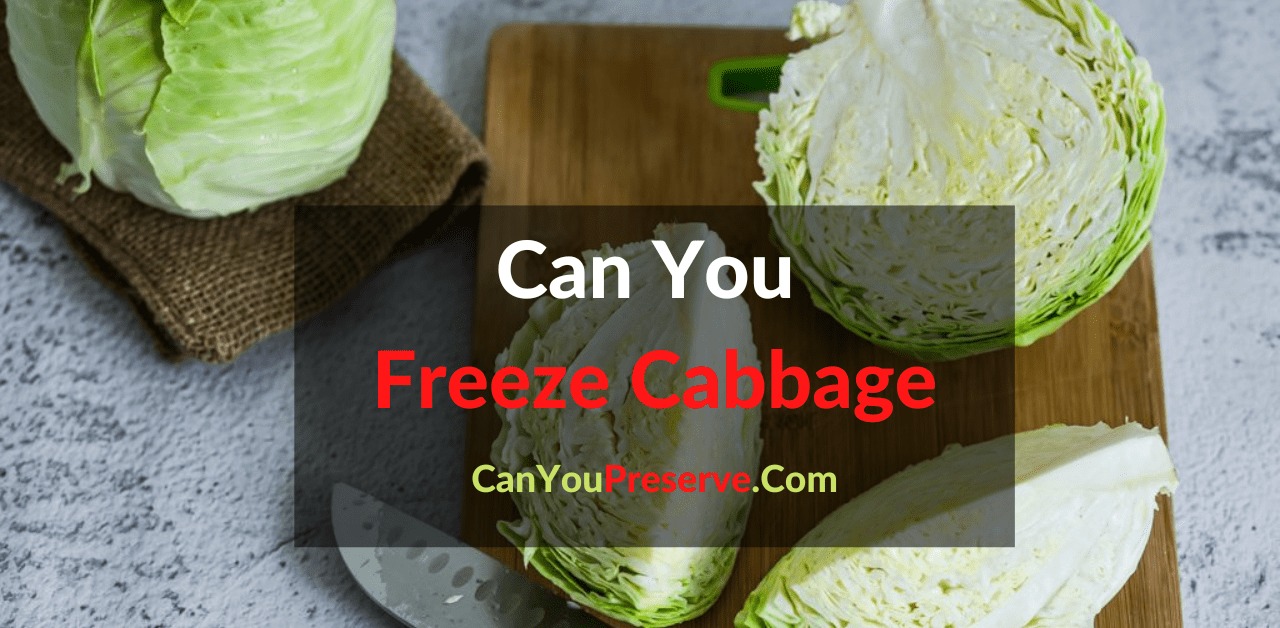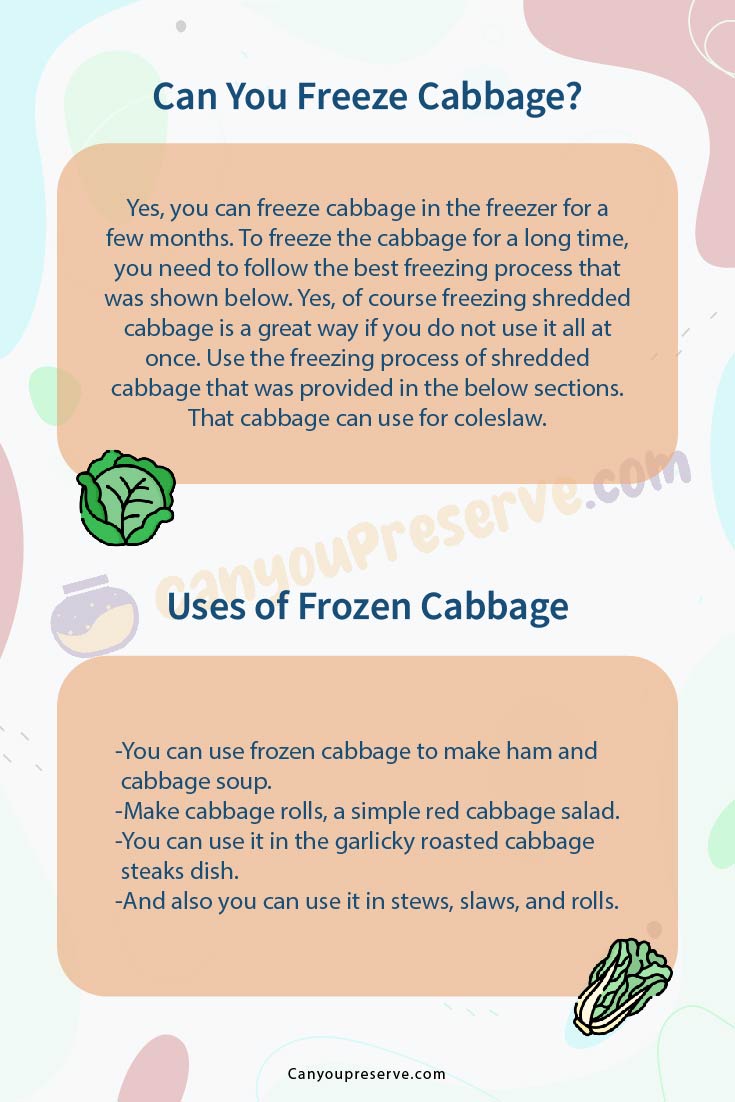Can you Freeze Galangal?: Galangal is a spice that belongs to the family of ginger and turmeric. It is widely used for several recipes. You can easily find this spice in Asian supermarkets. This spice is native to the belongings of Southern Asia. It is not only used for cooking purposes but also holds medicinal aspects.
The roots of the galangal are used for recipes either as fresh or dried up. If you want to use fresh galangal roots for a recipe, you can think of freezing them for months. Check out our best guide to know the information on freezing galangal can you freeze galangal, how to freeze, how to defrost galangal, and many more are discussed. Let’s get started!!
- Can you Freeze Galangal?
- How to Freeze Galangal Roots at Home?
- Freeze Whole Galangal
- Freezing Galangal Paste
- Tips to Freeze Galangal Roots
- How Long Can You Use Galangal Kept in the Freezer?
- How to Defrost Frozen Galangal Roots?
- Can You Refreeze Defrosted Galangal?
- Benefits of Frozen Galangal
- Is it possible to freeze galangal paste?
- Do you need to peel galangal roots before usage?
- Can you store dried roots of galangal?
- Is it possible to eat raw galangal?
- What are the other names of galangal?

Can you Freeze Galangal?
Yes, freezing galangal roots for all your requirements is possible. The process involved in freezing galangal is simple and straightforward. By freezing it can last for upto 2 months if you store it in resealable plastic bags. To know the best freezing process, check out the freezing process that was given in the below sections.
How to Freeze Galangal Roots at Home?
Galangal roots can be eaten both fresh or cooked. It is used for dishes from Indonesian, Chinese, Thai, etc. If you are a fan of such cuisines, you need to have these roots in your fridge for quick recipes. There are two ways in which you can freeze galangal roots at home. Look into the below-freezing process to know step by step easily.
To freeze the whole galangal for months, please take note of the below process.
- Before you place the galangal roots in the freezer bag for freezing, wash them off nicely. This step is important because if there is dirt in the roots, then the freezing process will be disturbed due to bacteria presence.
- After cleaning, take a clean kitchen towel and dry out all the liquid on them. You cannot place the roots with moisture in it while placing them in the freezer bag.
- Then, take a thick freezer bag for placing the cleaned galangal roots for the freezing process. Make sure you take out as much of the air as possible before freezing them.
- Once you place the galangal roots in the freezer bag, wrap them up with foil or kitchen wax paper. If you want to prevent the roots completely from freezer burn, make sure you freeze the bag with two layers of foil covered.
- Now that you are all done with the steps, the final step is to label the date when you are placing the roots in the freezer. This way, you will be sure about which date you should use up all the frozen galangal roots.
Look into the below step-by-step process, if you are thinking to freeze galangal paste.
- The first step for freezing both the whole as well as galangal paste is the same. Remove the dirt from the roots and then move ahead with the next step.
- Next, you can dice the galangal roots well. Place the diced roots in the mixer and make a paste out of it.
- Once the paste is done, put it in the tray cubes one by one. Make sure you add up some bit of water in the galangal paste so the freezing takes up well.
- Now, you can place the tray in the freezer and use up the cubes of galangal paste for one month.
Related Articles:
Tips to Freeze Galangal Roots
Even if you know the process of freezing galangal at home, here are some of the tips that will help you in getting a better outcome.
- When you are going to freeze galangal roots as a whole, try to cover them well with foil. The coverage should be made twice so that the structure and flavor of the roots are intact and there is no chance of having freezer burn issues.
- Use water whenever you are trying to make frozen cubes of galangal paste. The water in the paste will help the cubes to freeze well, like ice cubes. You can use up the paste for instant recipes at home with no time wasted blending the paste every time.
- If you are freezing the galangal roots as a whole, please retain the skin. The skin of the roots will help in keeping the structure of the galangal intact even after freezing.
- Choose a galangal that is soft and smooth in texture for the freezing process. If you choose tight skin, there are chances that the roots will get moldy while freezing.
How Long Can You Use Galangal Kept in the Freezer?
Well, galangal freezers work really well compared to other roots. Since it is full of fiber, it has got its limitations. The maximum number of days you can keep a galangal root in the freezer is up to 2 months. Therefore, labeling the freezer bag full of roots is important so that you can remember the due date of usage.
If you keep the galangal roots for a longer time, then the taste and texture of the root will change. Therefore, it is always suggestive to use up all the frozen roots within or before the due date.
How to Defrost Frozen Galangal Roots?
Defrosting the frozen galangal is easy. If you want to defrost the whole frozen roots, you can take them out and chop them into small pieces. After that, simply place it in some warm water for the ice crystals to melt down. Once the melting process is done, and the roots turn soft, you can use them well for recipes.
Secondly, if you want to know about the defrosting process of the galangal paste, it is very simple. You can simply take out a paste cube from the freezer and use it up. Do not use all of the frozen galangal roots for defrosting.
You need to take out only that much as required for your daily recipes. If you pull out the entire bag of frozen galangal, then the texture and taste will be changed for all.
Read More:
Can You Refreeze Defrosted Galangal?
Yes, for any reason, if you want to refreeze defrosted galangal, it is possible to do so. However, it is always recommendable not to refreeze fiber-rich spices. It is because refreezing will change the taste of the galangal. But, the structure of the galangal will stay intact. There are no such issues with refreezing galangal.
Galangal roots freeze well, but all you have to keep in mind is that you need to take out small portions for defrosting at a time.
Benefits of Frozen Galangal
Following are the benefits that you get if you freeze the galangal in the freezer.
- If you freeze galangal, it will be easy for you to use them whenever you require. You might not cook recipes that require galangal. Therefore you might skip buying it from the market when required. So, freezing these roots will make your life easier.
- Secondly, frozen galangal helps in preventing wastage. If you have enough galangal roots for a time and you are worried if they will be ruined within days, freezing them is the best solution.
- Thirdly, these roots are great for health conditions also. For instance, if you have burned your hand due to the sun, then you can use these roots paste to cure inflammation. Moreover, it reduces pain and prevents your injuries from causing infections.
FAQs On Does Galangal Freeze Well
1. Is it possible to freeze galangal paste?
Yes, freezing galangal paste is possible as well. You can place them on the tray cubes and use them whenever required.
2. Do you need to peel galangal roots before usage?
Before using the roots for any sort of recipe, you have to peel the layer and then use them. Some people use it with the upper layer. However, preferably people use it with the layers off.
3. Can you store dried roots of galangal?
For dried galangal roots, you have placed them in a dry space. You cannot place it in the freezer for preservation. Dried galangal in a dry space will last for more months than the ones you freeze fresh for two months.
4. Is it possible to eat raw galangal?
Yes, since galangal belongs to the family of ginger and turmeric, these roots can be eaten raw as well cooked for flavor. Usually, raw pieces are added in soups, garnish, or salads.
5. What are the other names of galangal?
Galangal is also referred to as Thai ginger or Siamese ginger. It is called ginger since it resembles ginger in its structure.
Key Takeaways
Galangal is a sort of ginger pattern root which is used for various cuisines of Asia. This root adds a kick to the other flavors of a recipe. Through this write-up, you are well aware of how to freeze galangal for months and you may have some clarity on whether can you freeze galangal or not.
Make sure you follow the tips mentioned above to get better results. For more interesting spices articles, check out our canyoupreserve.com website.










